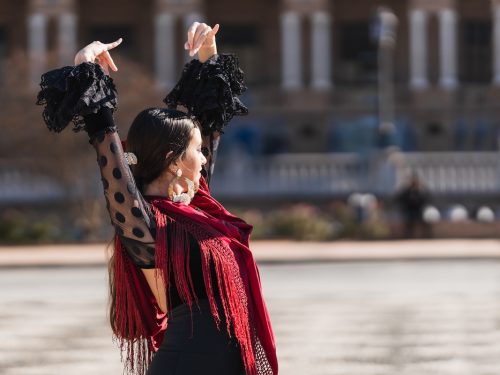 Where To See a Flamenco Show in Barcelona (And Why You Should!)
Where To See a Flamenco Show in Barcelona (And Why You Should!)
Before I visited Spain for the first time, I imagined that flamenco is synonymous with Spain’s national identity. It would be far-fetched to…
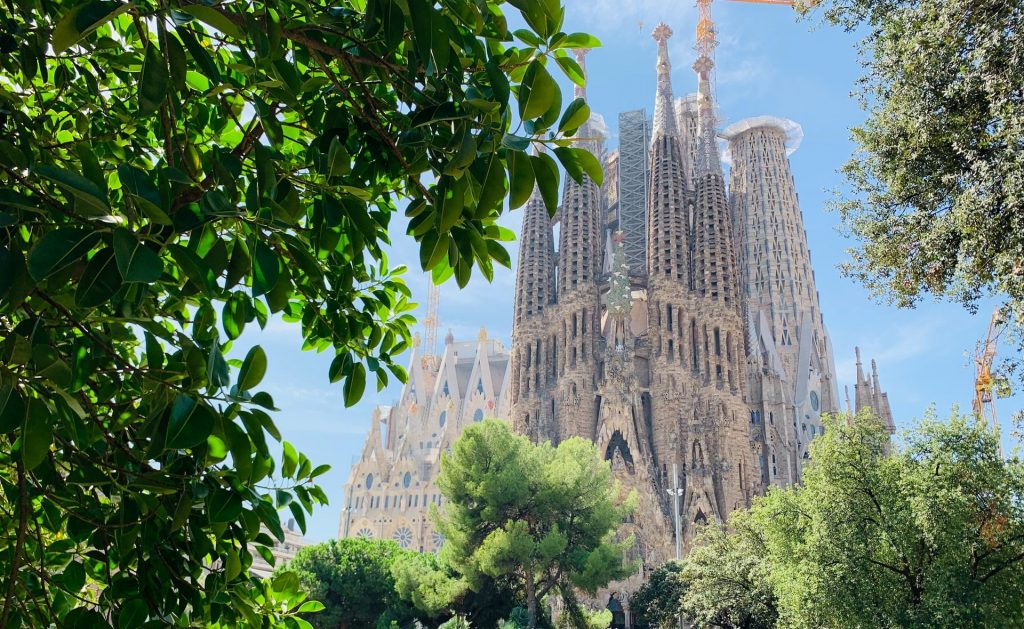
One of the most visited places in Barcelona is the ornate Roman Catholic basilica la Sagrada Família aka the Basilica of the Holy Family. And rightfully so. This still unfinished but incredible church was designed by the famous Catalan architect Antoni Gaudí and is both a representation of his imagination and a reflection of his thoughts on faith and religion.
In this post, I’ll share some insights into the architecture of this building, some interesting facts about the basilica, and helpful pointers on how to prepare for your visit to the beautiful Sagrada Família.
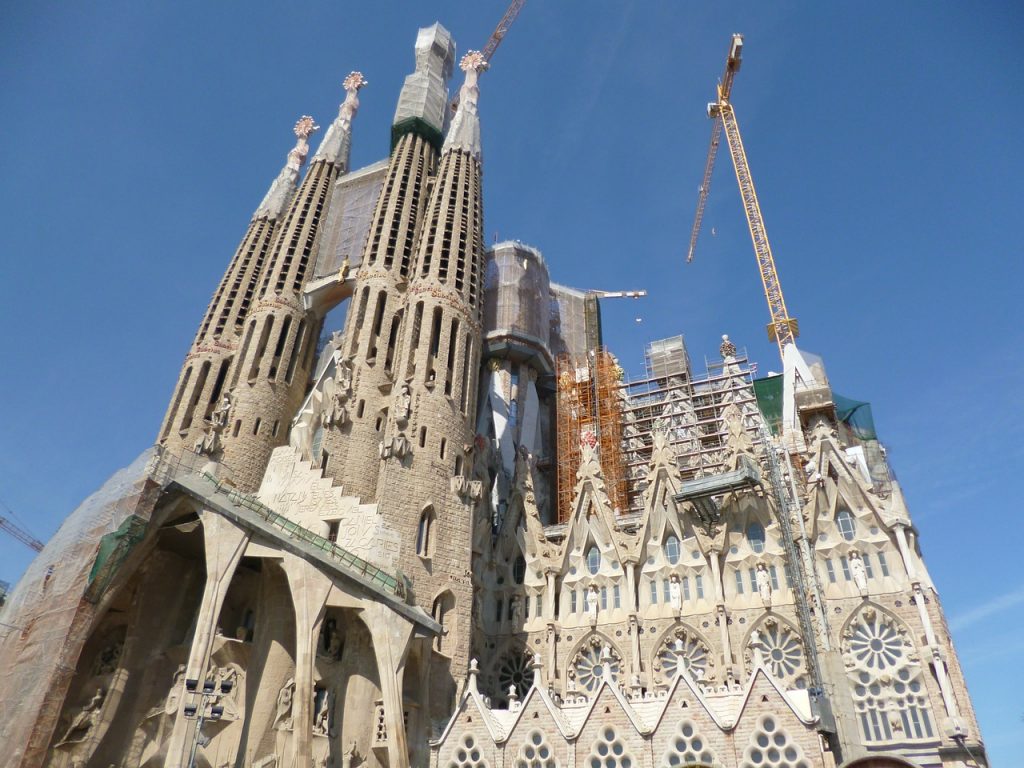
It might surprise you to find cranes and scaffolding surrounding the church. Although construction on Gaudí’s masterpiece began in 1882, only a quarter of the work had been completed at the time of his death.
Since then, there have been nine architects who have taken on the project only to walk away due to its complexity. However, even with this turnover, the project has remained faithful to Gaudí’s original plans and will be completed. The expected completion date was set for 2026 to mark the 100th anniversary of the architect’s death.
Did you know? Originally, the project was financed by private patrons, but these days, most of the funding comes from the entrance fees. So if you visit, your ticket will contribute to the building of this masterpiece!
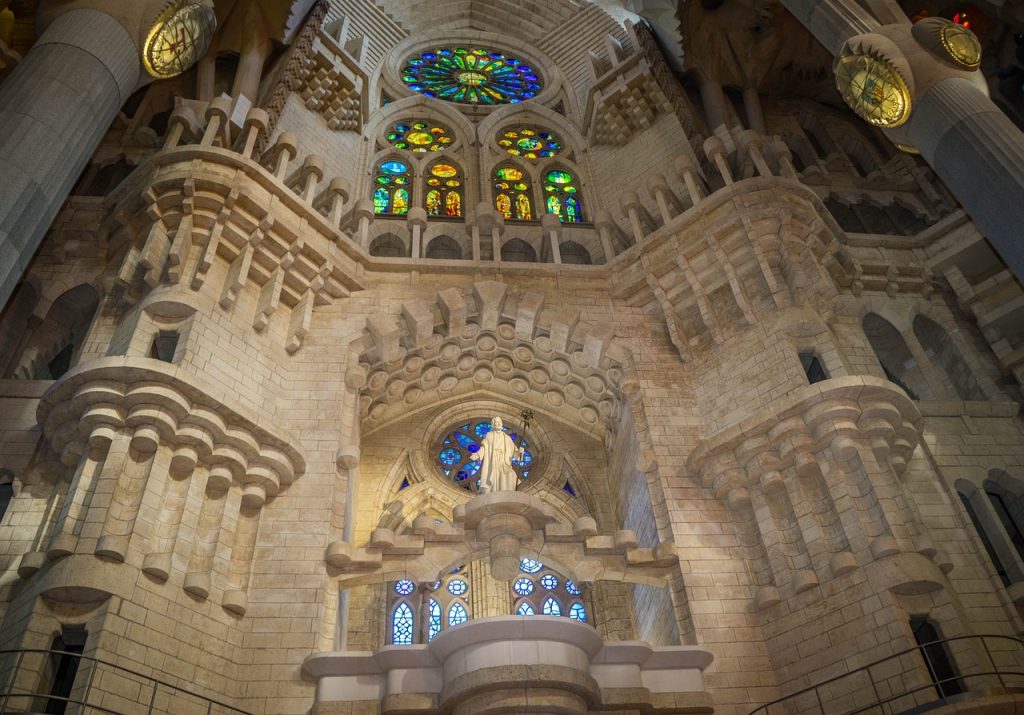
No one can deny the grandiose feel of this basilica. With its colorful stained glass windows, countless towers, chapels, and façades, the Sagrada Família feels more like a dreamy fairy-tale castle than a Catholic church. Storytelling can be found in every corner of this structure with an emphasis on nature.
There are three intricately designed façades to the Basilica, and each has detailed motifs that reflect a moment in Christ’s life.
The Nativity façade has animal and human figures while the Passion façade is much more dramatic with pillars that appear to have skeletal sculptures. The Glory façade is one of the most striking, featuring scenes of the Last Judgment, including both heaven and hell. It also grants access to the Basilica’s central nave.
There are 18 towers in total. The tallest and most majestic symbolizes Jesus Christ and, once completed, will measure 566 feet. That will make it the tallest church in the world — surpassing the Ulm Cathedral in Germany. The other towers represent the Virgin Mary, the apostles, and the evangelists.
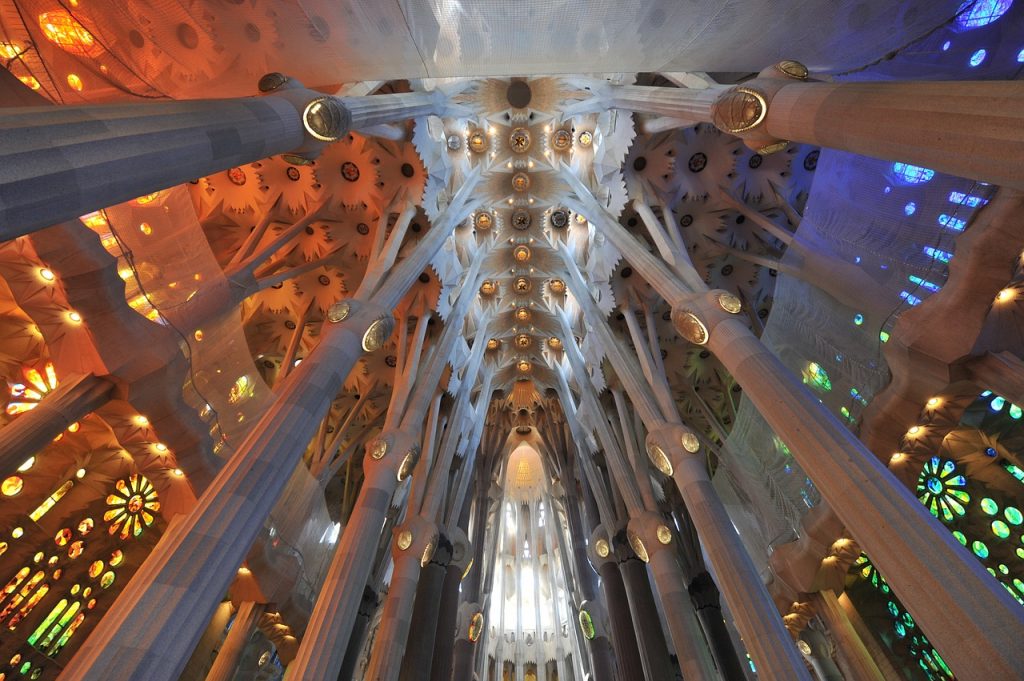
For the interior of the church, Gaudí kept with the nature theme by avoiding straight lines. Instead, he created an environment with winding tree-like columns and a symphony of colors.
Towering stained glass windows dominate the interior of the Sagrada Família with ever-changing shades depending on the time of day and even the weather. A sunny day will produce dynamic explosions of bright color while a cloudy day will reflect soft and soothing hues.
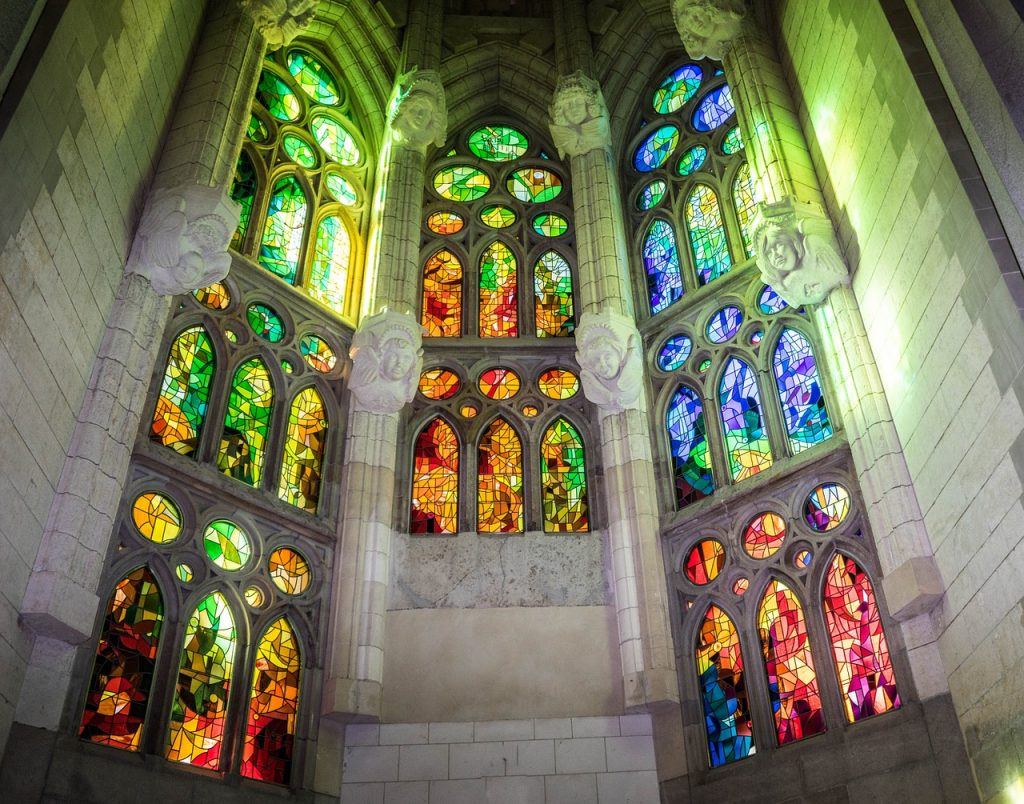
I highly recommend taking public transit here instead of a car so you don’t have to deal with parking.
Here are the public transportation networks that serve the Sagrada Família.
La Sagrada Família is open every day.
You can visit outside of the basilica for free or pay to enter the church, but we always recommend going with a local guide.
When you visit on your own, you’ll look around, snap some cool pics, and be on your way. Go with someone who really knows the basilica — and all about Gaudí’s vision and what those carvings on the façades mean and why it’s so controversial — and you have an experience you’ll remember for years to come.
Taking a Sagrada Família tour is a chance to not just see the basilica but to learn about it, including its history, the symbols in its sculptured façade. It takes just an hour, so while it’s thorough, it also fits in with a busy day.
Don’t forget that part of the entrance fee if you book a ticket helps with the costs for completing the church.
Local tip: For some great views, upgrade for tower access. You can take an elevator to the top of one of the basilica towers, providing a unique perspective of the architecture and the city itself.
There is a dress code for the Sagrada Famíla, although you won’t need to put on your Sunday best.
Remember you are entering a place of worship. Visitors should dress appropriately, meaning tops that cover the shoulders and shorts and skirts that come down to at least mid-thigh. Hats are not allowed.
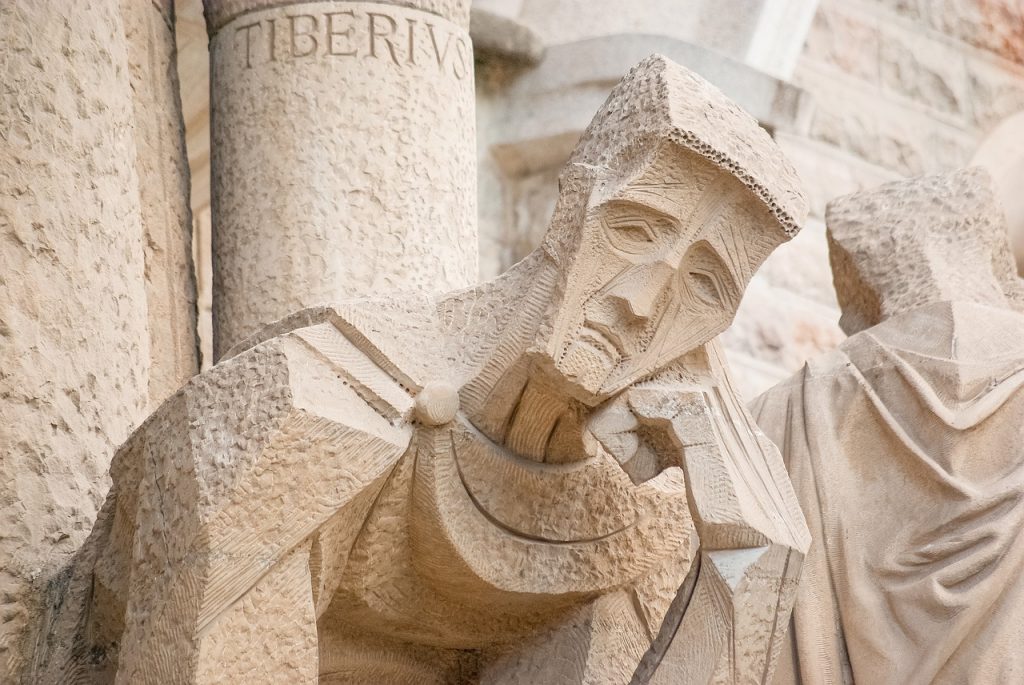
Here are seven fascinating facts about the Sagrada Família you might not know. Of course, you’ll learn many more on our Sagrada Família guided tours.
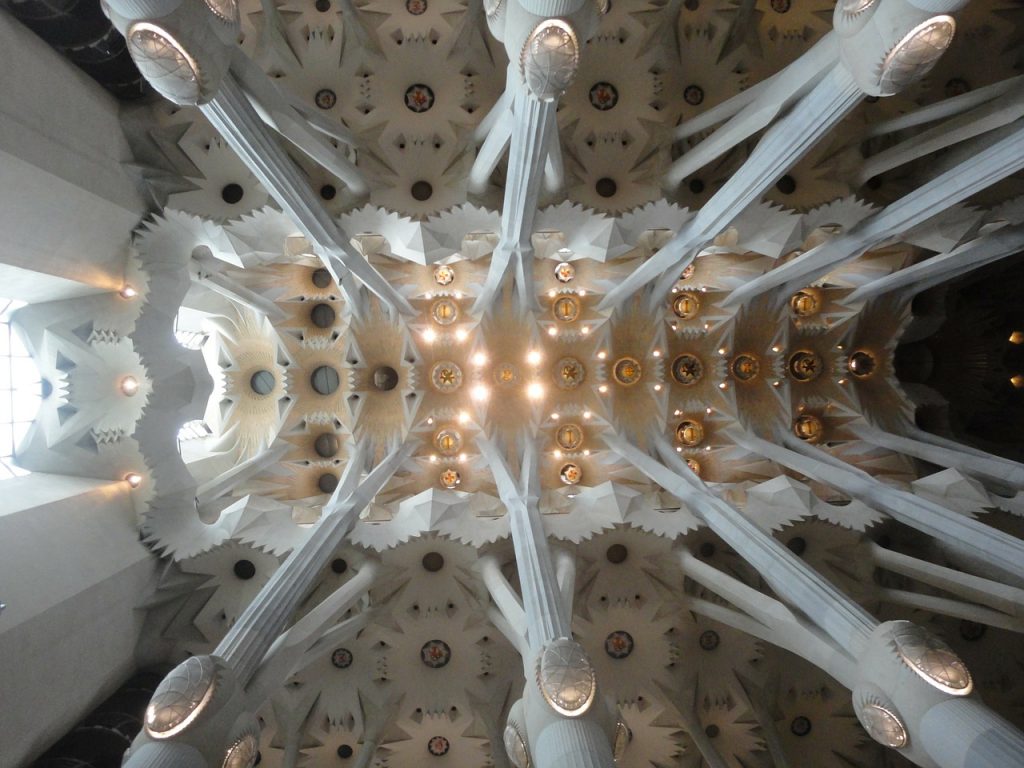
The Sagrada Família is a moving and mystical place — there’s a reason it draws millions of visitors a year.
But it’s just one of many Modernist gems in Barcelona. There are more masterpieces by Gaudí and his contemporaries, several found along the lovely Passeig de Gràcia.
To learn more about La Sagrada Família, join us for one of our tours of the basilica. To discover other architectural treasures in Barcelona, check out our popular Barcelona Architecture Walking Tour.
 Where To See a Flamenco Show in Barcelona (And Why You Should!)
Where To See a Flamenco Show in Barcelona (And Why You Should!)
Before I visited Spain for the first time, I imagined that flamenco is synonymous with Spain’s national identity. It would be far-fetched to…
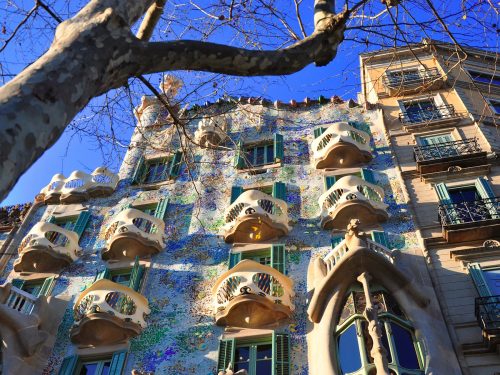 Exploring Gaudí’s Casa Batlló in Barcelona, Inside and Out
Exploring Gaudí’s Casa Batlló in Barcelona, Inside and Out
Outside 43 Paseo de Gracia (Passeig de Gràcia in Catalan), you’ll always find crowds of people waiting to enter Casa Batlló, a house…
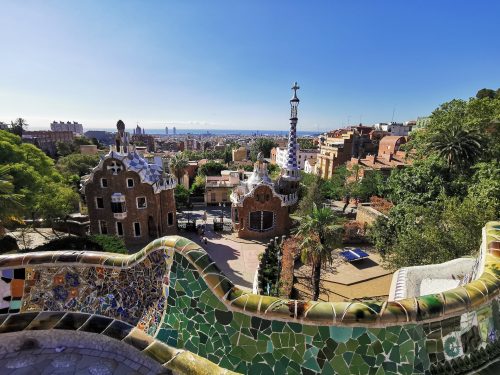 How To Visit Park Güell in Barcelona
How To Visit Park Güell in Barcelona
Planning to visit Park Güell on your trip to Barcelona? It’s a must-see in the city, and this guide will help you know…